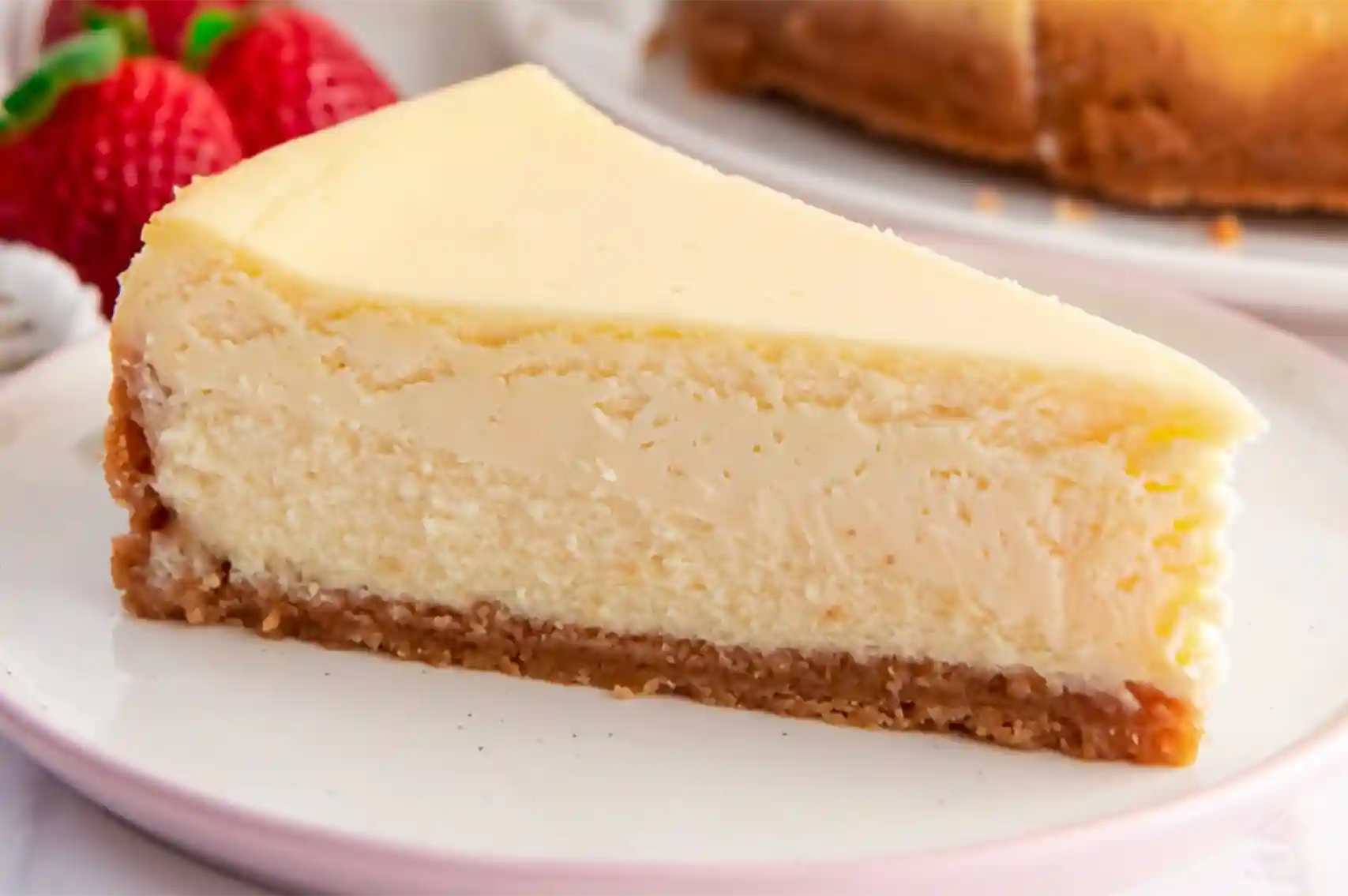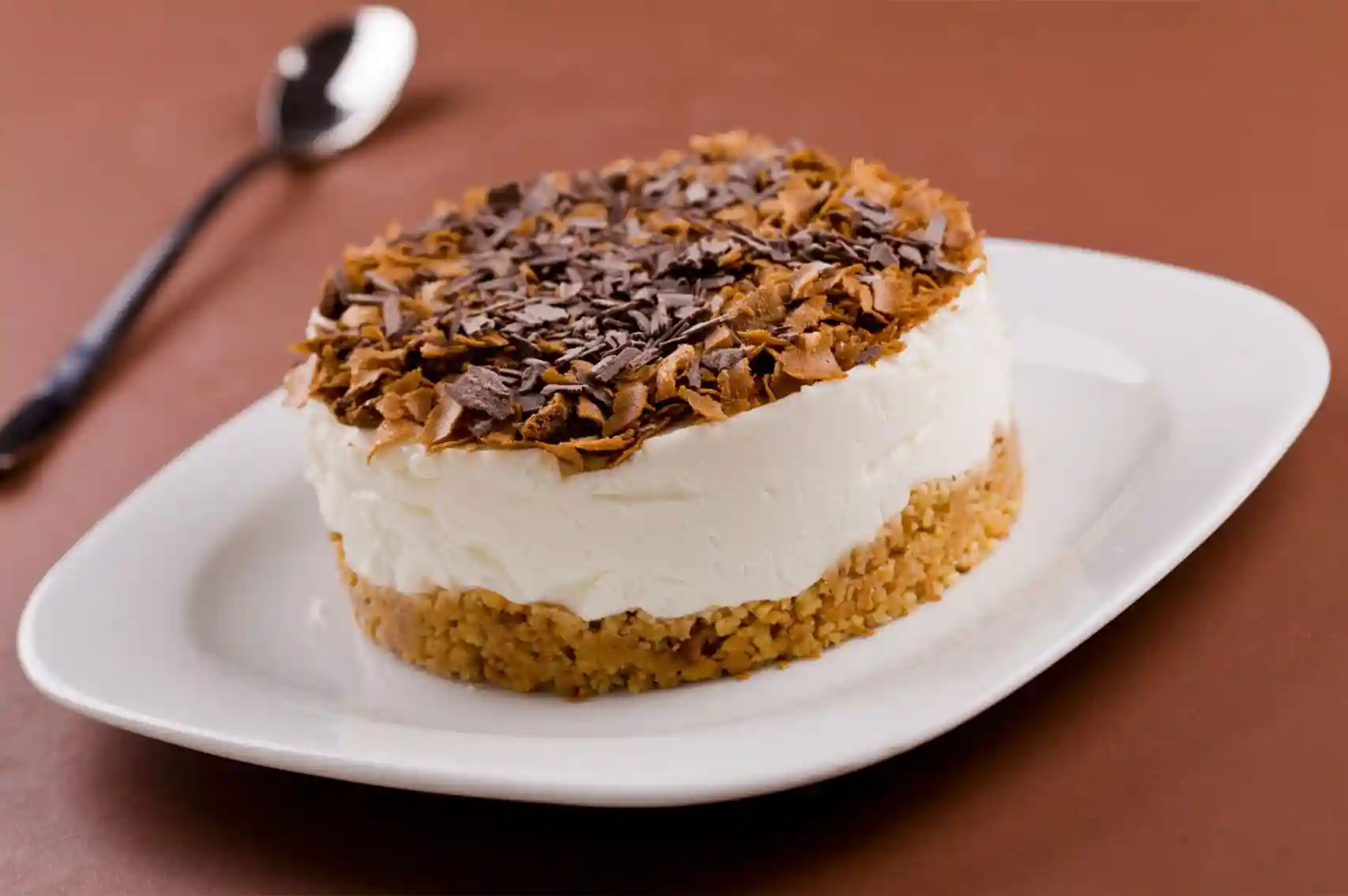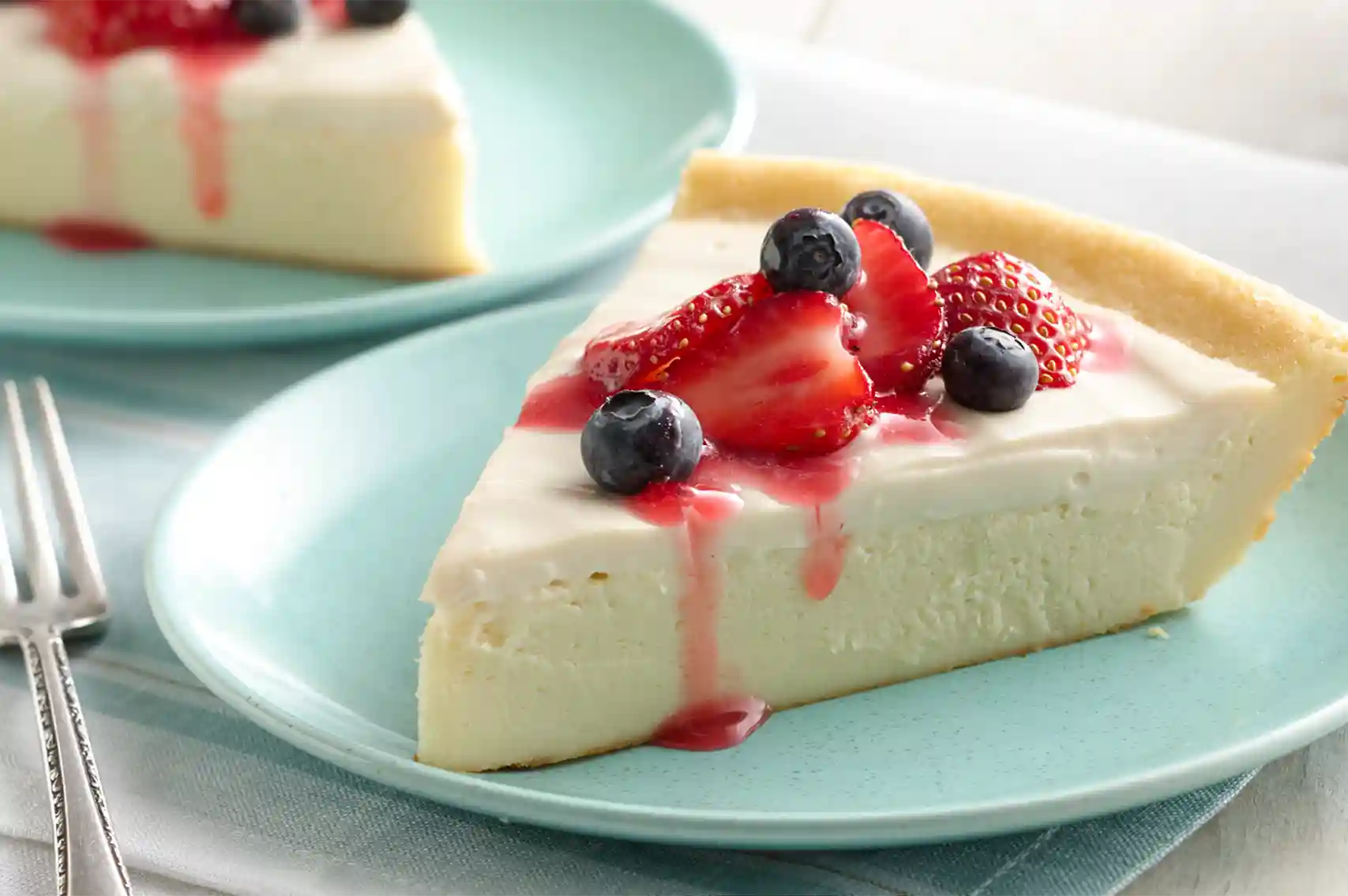Looking for an easy homemade cheesecake recipe that’s risk-free and incredibly delicious? Whether you’re a beginner or a pro baker, this guide will teach you everything you need to know about how to make homemade cheesecake right in your kitchen. From choosing the right ingredients to baking the perfect creamy dessert, let’s take a closer look at Calin’s complete homemade cheesecake guide.
This recipe is ideal for special occasions, family dinners, or simply treating yourself at home. Follow the steps, use the tips, and enjoy a delicious cheesecake at home.
How did cheesecake find its way to our kitchen?
Cheesecake has a rich and fascinating history that spans thousands of years. Its origins can be traced back to ancient Greece, where a simple version of the dessert was made with cheese, honey, and wheat flour. It's believed that cheesecake was served to athletes during the first Olympic Games in 776 B.C. as a source of energy.
The recipe evolved when the Romans conquered Greece and added eggs and crushed cheese to the mix, baking it under hot bricks. As the Roman Empire expanded, cheesecake spread across Europe and was adapted by various cultures, utilizing local ingredients.
In the Middle Ages, cheesecakes became more popular, and by the 18th century, Europeans began using beaten eggs instead of yeast, resulting in a texture more similar to modern cheesecakes.
Cheesecake as we know it today took shape in the United States in the late 1800s, when cream cheese was accidentally invented by a New York dairyman. This led to the rich, creamy, no-yeast style that’s now iconic in American cuisine, especially the famous New York-style cheesecake.
Today, cheesecake has many regional variations around the world, from Japanese fluffy cheesecakes to Italian versions made with ricotta. You can also make a perfect cheesecake by using Calin cream cheese “Wichita”.

Ingredients for homemade cheesecake
The secret to a smooth cheesecake is starting with the right ingredients. Here’s what you’ll need for this classic cheesecake:
For the crust:
- 1 ½ cups (150g) digestive biscuits
- ¼ cup (50g) granulated sugar
- 6 tablespoons (85g) unsalted butter, melted
For the filling:
- 4 packages (8 oz each) Wichita cream cheese, softened (total 32 oz or 900g)
- 1 cup (200g) granulated sugar
- 1 cup (240g) sour cream
- 1 teaspoon vanilla extract
- 4 large eggs, room temperature
- 2 tablespoons all-purpose flour (optional, for stability)
For the optional topping:
- Fresh berries or any jam you like
- Fruit compote
- Whipped cream (The best choice would be Calin’s Cream)
- Chocolate ganache or caramel sauce
How to Make Homemade Cheesecake? Step by Step
Making a cheesecake home made at home might seem intimidating, but with clear steps and a little patience, you can make a heavenly, delicious dessert right in your kitchen.
1. Prepare the crust
- Preheat your oven to 325°F (163°C).
- Mix cracker crumbs, sugar, and melted butter in a bowl.
- Press the mixture firmly into the bottom of a 9-inch (23cm) cake pan.
- Bake the crust for 8–10 minutes, then remove and let it cool while you make the filling.
2. Make the cheesecake filling
- In a large mixing bowl, beat the cream cheese until completely smooth (2–3 minutes).
- Add sugar and beat until fully incorporated.
- Mix in the sour cream and vanilla extract.
- Add the eggs, one at a time, mixing on low speed after each addition to avoid overmixing.
- If using flour, gently fold it in now for added stability.
3. Assemble and bake
- Pour the filling over the cooled crust and smooth the top.
- Place the pan inside a larger pot. Fill the pot with 1–2 inches of hot water (water helps prevent cracks).
- Bake for 60–70 minutes. The center should be slightly jiggly when gently shaken.
- Turn off the oven, crack the door, and let the cheesecake sit inside for 1 hour.
- Let it cool completely on the counter.
- Cover and refrigerate for at least 4 hours or preferably overnight for a better result.

Best Cheesecake Tips & Tricks
Creating a creamy and crack-free homemade cheesecake is easier with these expert tips:
- Use room temperature ingredients: This ensures a smooth batter and even baking.
- Avoid overmixing: Overmixing can incorporate too much air, which leads to cracks.
- Use water in the larger pot: The steam helps maintain an even temperature and prevents drying out. Using water can increase the moisture of the cream layer.
- Cool gradually: Sudden temperature changes can cause the cheesecake to crack.
- Chill before serving: A well-chilled cheesecake has the best texture and flavor.
How to Store and Serve Homemade Cheesecake?
After you make cheesecake at home, proper storage will keep it fresh and delicious for days.
Storing:
- Refrigerator: Store your cheesecake in an airtight container or wrapped in plastic for up to 5 days.
- Freezer: To freeze, wrap tightly in plastic and foil. Freeze for up to 3 months. Thaw overnight in the refrigerator before serving.
Click to Buy ghee at the best price and quality
Serving:
- Slice with a warm knife (dip in hot water and wipe clean between cuts) for perfect slices. Do not use the cold knife; it would crack the texture.
- Add your favorite toppings like fruit, whipped cream, or sauces right before serving.
- Serve chilled or let it sit out for 10–15 minutes for a softer texture.
Frequently Asked Questions (FAQs)
What’s the difference between a no-bake cheesecake and a baked cheesecake?
No-bake cheesecake: sets in the refrigerator and doesn’t require an oven. It’s usually lighter in texture and made with whipped cream or gelatin.
Baked cheesecake: like this one, uses eggs and is cooked in the oven. It has a richer texture and traditional flavor.
What Cheesecake Toppings Can I Use?
There are endless ways to top your homemade cheesecake! Popular options include:
- Fresh berries (strawberries, blueberries, raspberries)
- Jam
- Fruit compote or pie filling (cherry, lemon, mango)
- Chocolate ganache or caramel sauce
- Crushed nuts or cookie crumbs
- Whipped cream or sour cream topping
How Do I Know When My Cheesecake Is Done?
A perfectly baked cheesecake will:
- It has set edges but a slightly jiggly center (it will firm up as it cools). So if your cheesecake looks soft in the center, it would be ok when it comes out of the fridge.
- Not look too wet or raw on top, it should be fully baked from the edges and just a little bit fresh in the center, but if it’s too raw, you should use more heat or longer time in the oven to reach the exact texture.
- Pull slightly away from the edges of the pan.
- You can also use a thermometer; when the internal temperature reaches around 150°F (66°C), it’s ready.


